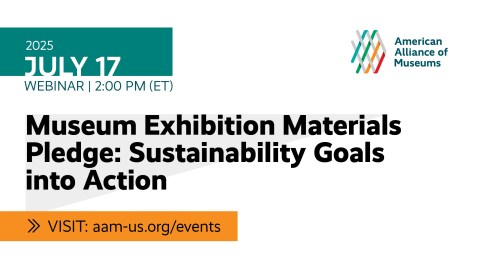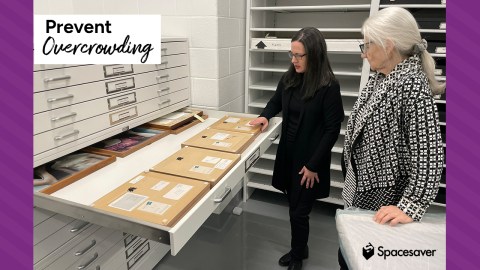CFM’s inaugural lecturer, Dr. Jane McGonigal, lobbed “brain grenades” at the museum field last December, challenging us to apply the principles of game design to museum practice. Why wouldn’t museums want part of the “heart-share and mind-share” (read: thousands of hours and tons of passion) that people devote to on-line gaming?
Jane was careful to point out that applying the principles of game design doesn’t have to mean actually making a game to play in the museum or on-line. It can be as straightforward as applying her criteria for a good game* to a museum’s programs or the overall experience it provides. But, gaming per se is certainly one good way to engage an audience, and several museums have been experimenting with incorporating gaming into their suite of activities. See, Wolfquest, a 3D wildlife simulation video game by the Minnesota Zoo, and Ghosts of a Chance, a game created by the Smithsonian American Art Museum that started as a multi-player on-line alternate reality game, culminating with a “live” game at the museum that is now offered on a continuing basis as a program. John Maccabee recently guest-blogged here on a new museum game, PHEON, that is in development.
Over two thousand people watched the “Gaming the Future of Museums” lecture or webcast and participated in follow-up discussions. Sometimes museum staff want to try out this idea but aren’t sure how to get started. If you are in this camp, here is an opportunity for you: the Museum Gaming Initiative of the Departments of Cultural Materials Sciences and Fine Arts, College of Liberal Arts at the Rochester Institute of Technology (RIT) is looking for museum partners to help develop and evaluate games and interactive media. No financial contribution is expected—just advice, insight and involvement. Ideally, they’d like partner museums to be able to use the games developed through the project.
This is part of a new RIT research program to study and develop gaming and interactive media for cultural institutions. The RIT students want to explore how web-delivered content can influence viewer attitudes toward museum collections. Can an on-line game change viewer attitudes towards a museum and increase attendance? Can on-line interactive media build context that improves a viewer’s connection to objects in the collection? The project’s initial focus will be collections of modern and contemporary art (often considered the least accessible to casual visitors.)
If you are interested in partnering with RIT on this project, contact Dr. Elizabeth S. Goins at esggsh@rit.edu.
And if you are already working on your own museum game project, please post about it in the comments to this blog! I would love to know what is out there in the works.
*Good games provide (paraphrased from Dr. McGonigal’s lecture slides):
- Clear instructions
- Good feedback
- A sense of community
- Positive emotions (a sense of accomplishment)









Hi Beth,
Ken Eklund (of World Without Oil) and I are hard at work on a cellphone-based game with Rich Cherry at the Balboa Park Online Collaborative. We're hoping to launch a prototype in the park later this year – stay tuned!